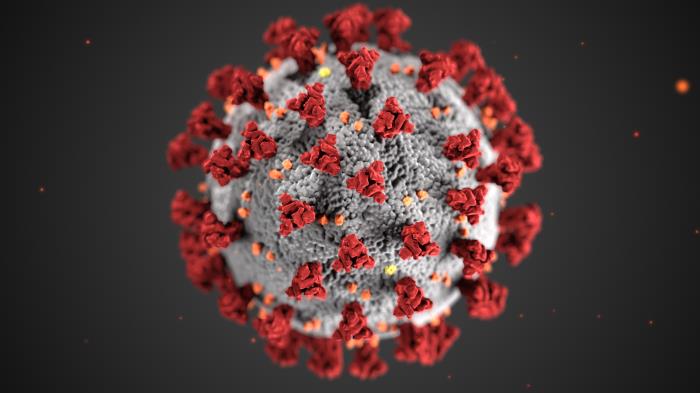The U.S. Department of Energy National Virtual Biotechnology Laboratory (NVBL) is a consortium of DOE National laboratories, each with core capabilities relevant to the threats posed by COVID-19. The NVBL is taking advantage of DOE user facilities, including light and neutron sources, nanoscale science centers, sequencing and bio-characterization facilities, and high performance computer facilities, to address key challenges in responding to the COVID-19 threat. Examples include developing innovations in testing capabilities, identifying new targets for medical therapeutics, providing epidemiological and logistical support, and addressing supply chain bottlenecks by harnessing extensive additive manufacturing capabilities. The NVBL collaborates extensively with researchers, both in academia and the private sector. In addition, the DOE user facilities are available to users in all sectors of the research community.
DOE National Virtual Biotechnology Laboratory Capabilities Summary
The DOE laboratory complex has core capabilities that are applicable to the threats posed by COVID-19, from near-term responses to longer-term R&D opportunities. The compilation of capabilities below are meant to be summaries of some of the capabilities and current work being conducted that are relevant to Medical Countermeasures.
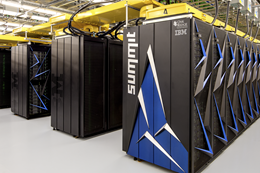
Computational modeling and simulation: High performance computing resources at DOE user facilities, employing artificial intelligence, molecular dynamics simulations, and modeling tools, combined with input from protein structure data, provide information to support research related to rapid survey of existing drugs and development of anti-viral agents and vaccines.
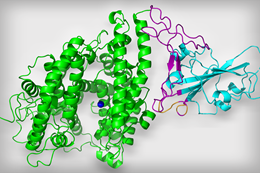
Molecular structural determination: X-ray sources and neutron sources at DOE user facilities provide protein crystal structures needed for both computational modeling and experimental studies related to drug and vaccine development. In addition, cryo-electron microscopes can be used to provide high resolution structures of virus particles and their interactions with antibodies and other drugs. DOE’s Nanoscale Research Science Centers provide additional capabilities for imaging and characterization, as well as materials synthesis and nanofabrication capabilities to support study of biomolecules.
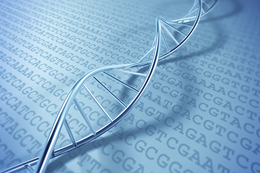
Genomic sequencing: Genomic resources at DOE’s Joint Genome Institute and other facilities can sequence large numbers of patient samples to identify constrained regions, compare COVID-19 with other genomes to identify candidate regions for immuno-targeting, and construct models of individual susceptibility.
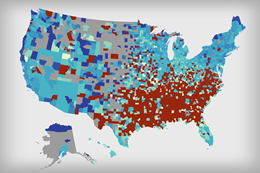
Epidemiological and logistics support: Proven capabilities based on data analytics, artificial intelligence, and other decision tools have previously supported many national emergencies including oil spills, hurricanes, DOD supply chains and epidemiology. These capabilities have been deployed for government agencies, such as DOE, FEMA, and DOD. Such tools can yield information for health care providers and government groups on modeling disease spread, collecting/analyzing information and data from open sources world-wide, and providing tools for real-time decision making, risk analysis and prioritization for patient care and supply chain logistics.

Knowledge Discovery Infrastructure / Scalable Protected Data (KDI/SPI): Specialized facilities consisting of a multi-tier architecture facilitating a private cloud environment are available to host protected health data for research and analysis. These facilities meet NIST 800.66 and 800.53 control sets that meet Federal Information System Management Act (FISMA) requirements for a classification of moderate with enhanced controls. These capabilities are currently being used by Veteran’s Affairs, Center for Medicare & Medicaid Services, and the National Cancer Institute’s Surveillance, Epidemiology, and End Results programs.
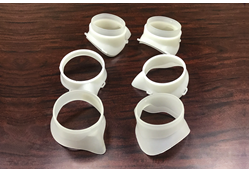
Supply Chain Bottlenecks: Extensive manufacturing capabilities across the DOE laboratory complex are addressing supply chain bottlenecks associated with COVID-19. Guided by input from both public and private stakeholders (government, health care providers), three health care supply chain bottlenecks have been identified: surgical masks and face shields, ventilator systems, and consumables (swabs, test kits components) used in COVID testing. These DOE teams have capabilities to rapidly reverse engineer/design and manufacture prototype parts, dies, and molds for industrial scaling.
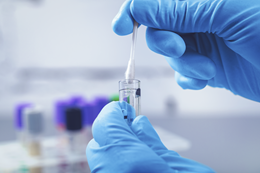
Testing of clinical and non-clinical samples: DOE laboratories have established deep capabilities in high throughput preparation and analysis of biological samples using PCR-based protocols. While currently used to support DOE’s mission in energy science, these facilities and trained personnel can be deployed to help address the rising surge in clinical samples. In addition, many labs have expertise in sampling and analysis of surfaces for biological materials developed in support of DOE programs.

